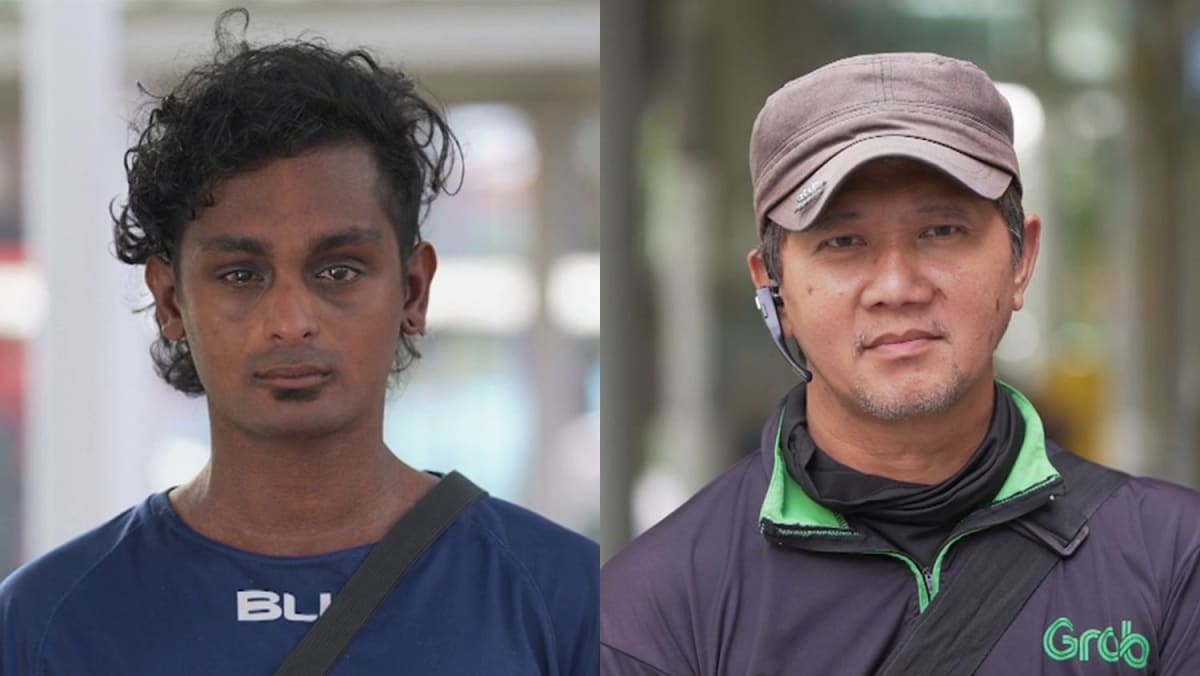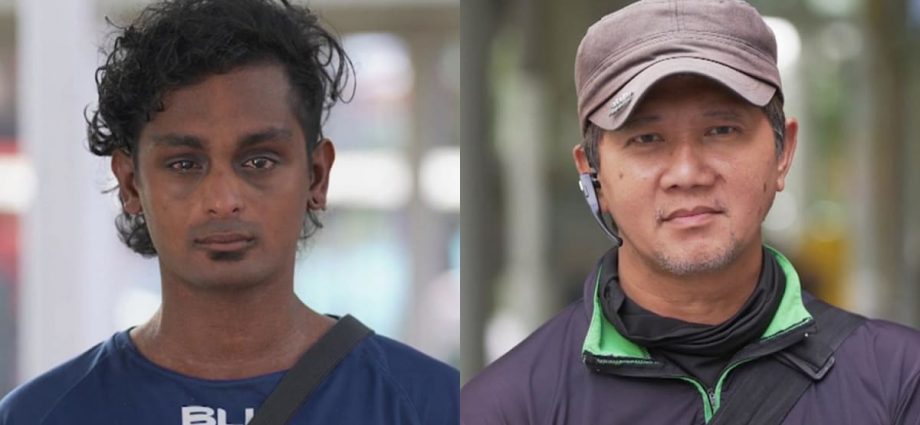
SINGAPORE: James Ho starts his days at 7am seated outside a McDonald’s outlet in Woodlands, waiting for a food order to come through.
“7am is actually a crucial timing. That’s when the breakfast crowd comes in,” said the 50-year-old delivery rider.
He turned to food delivery three years ago when the pandemic impacted his job in the food and beverage industry. During that time, his father died and he wanted a job that allowed him to spend more time in the day with his mother.
But for all the talk of quick cash, flexibility and control over one’s working hours, Ho is finding gig work to be a little disappointing.
After 8am, his delivery jobs slow to a trickle until 11am. That’s because Grab, the platform he’s with, ranks its food delivery partners and Ho’s ranking does not accord him priority for jobs during that period, he told Talking Point host Steven Chia, who shadowed him for two days.
On the first day, their shift was cut short after earning a mere S$17.30. The next day, they pocketed S$37.30 after 10 hours and seven bookings.
Chia’s stint was part of a Talking Point special, Beyond Plain Sight, that explores the harsh realities of some Singaporeans: Food delivery riders, children living in rental public housing and millennials on the brink of debt.
With Singapore’s platform workforce standing at some 73,000 workers — of whom over 16,000 do food deliveries — the programme looked at what it takes to earn a decent wage in the gig economy, and why not all riders benefit the same way.
WATCH: Working As A Food Delivery Rider: Are We Paid Enough? (23:01)

